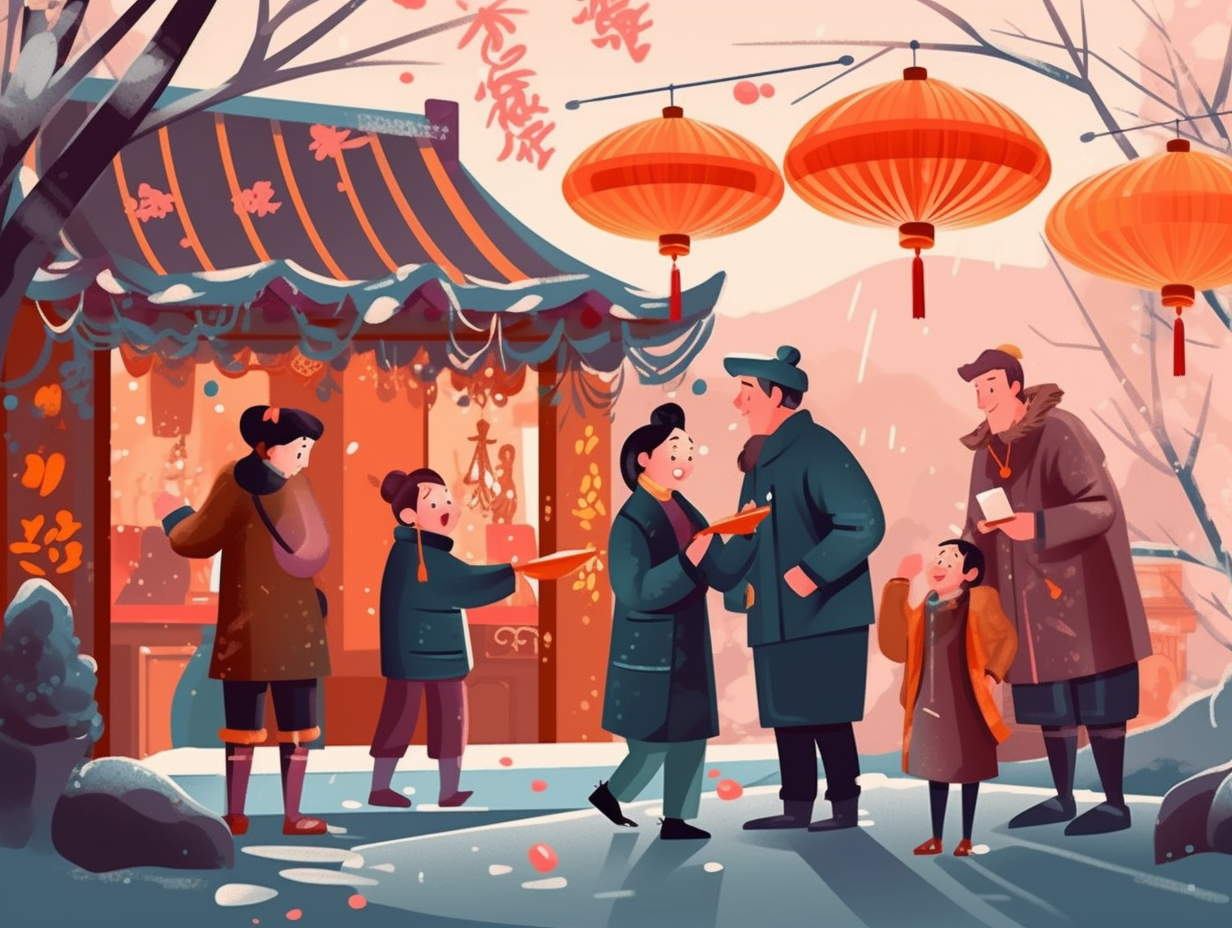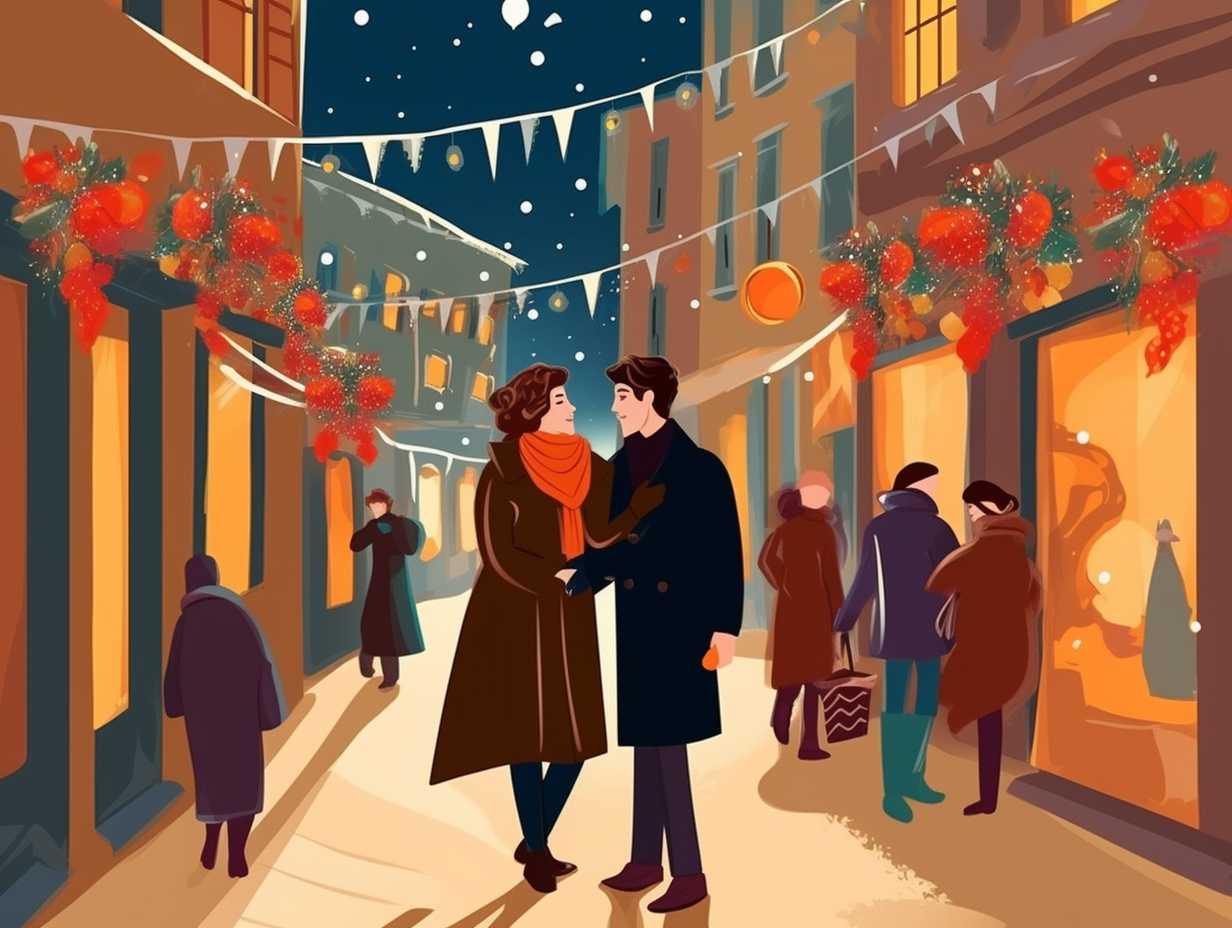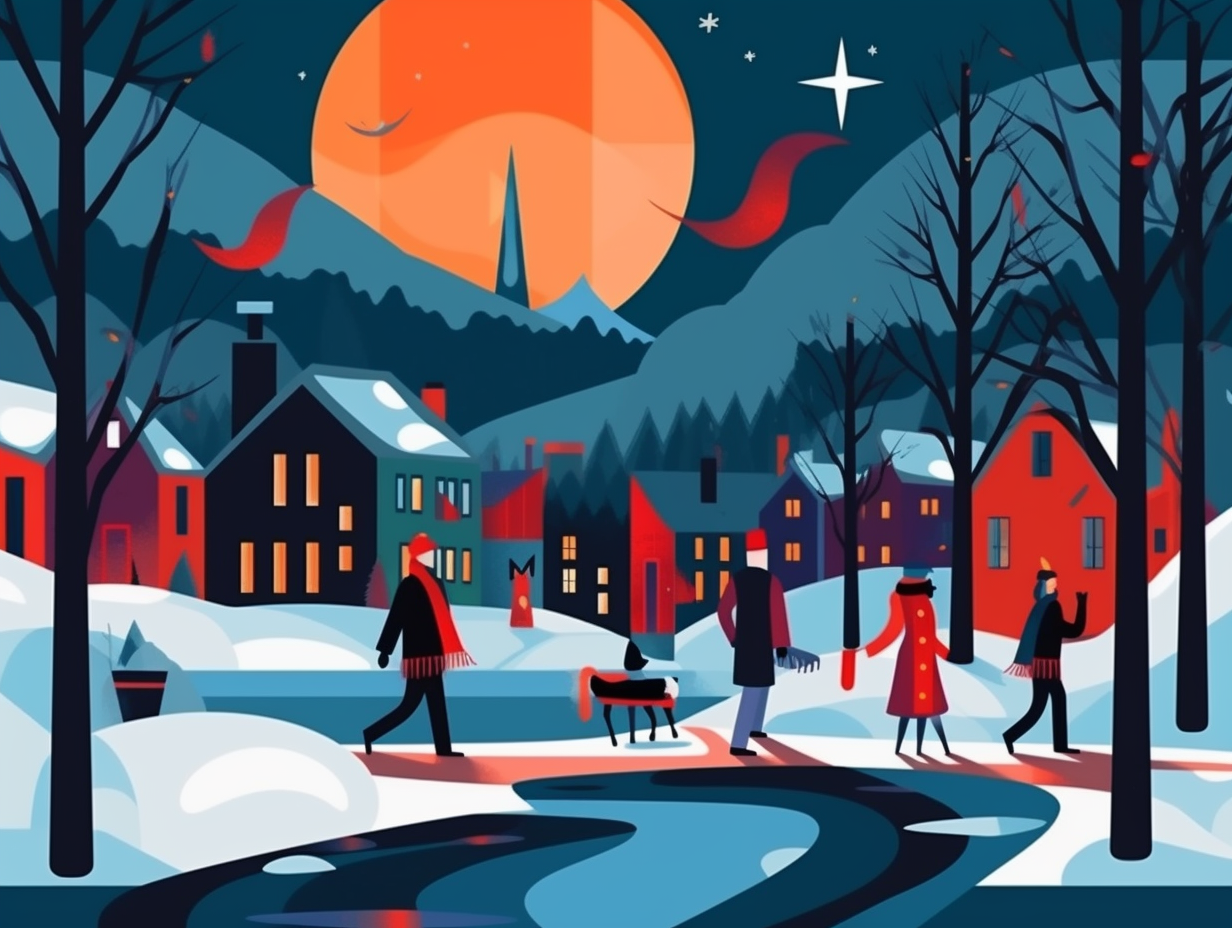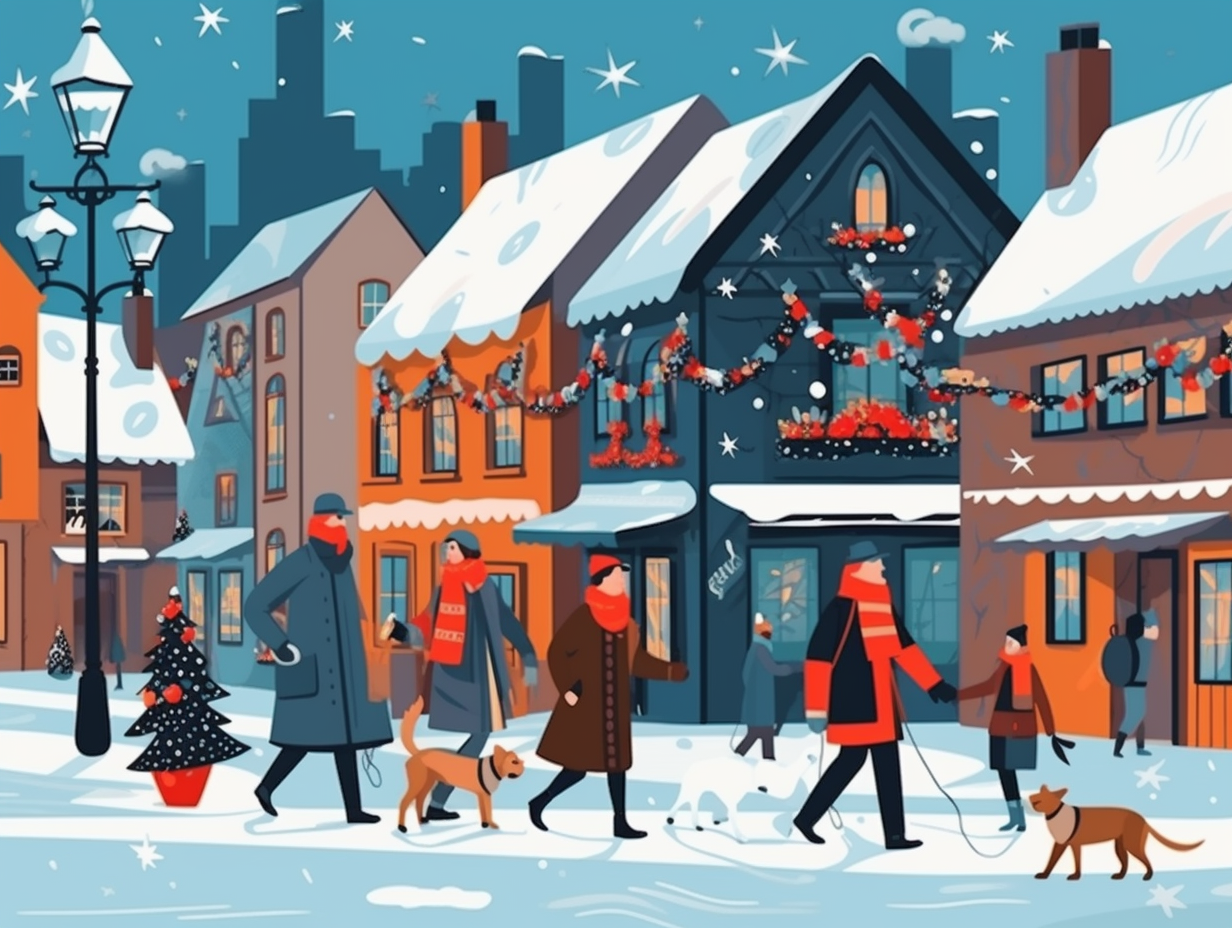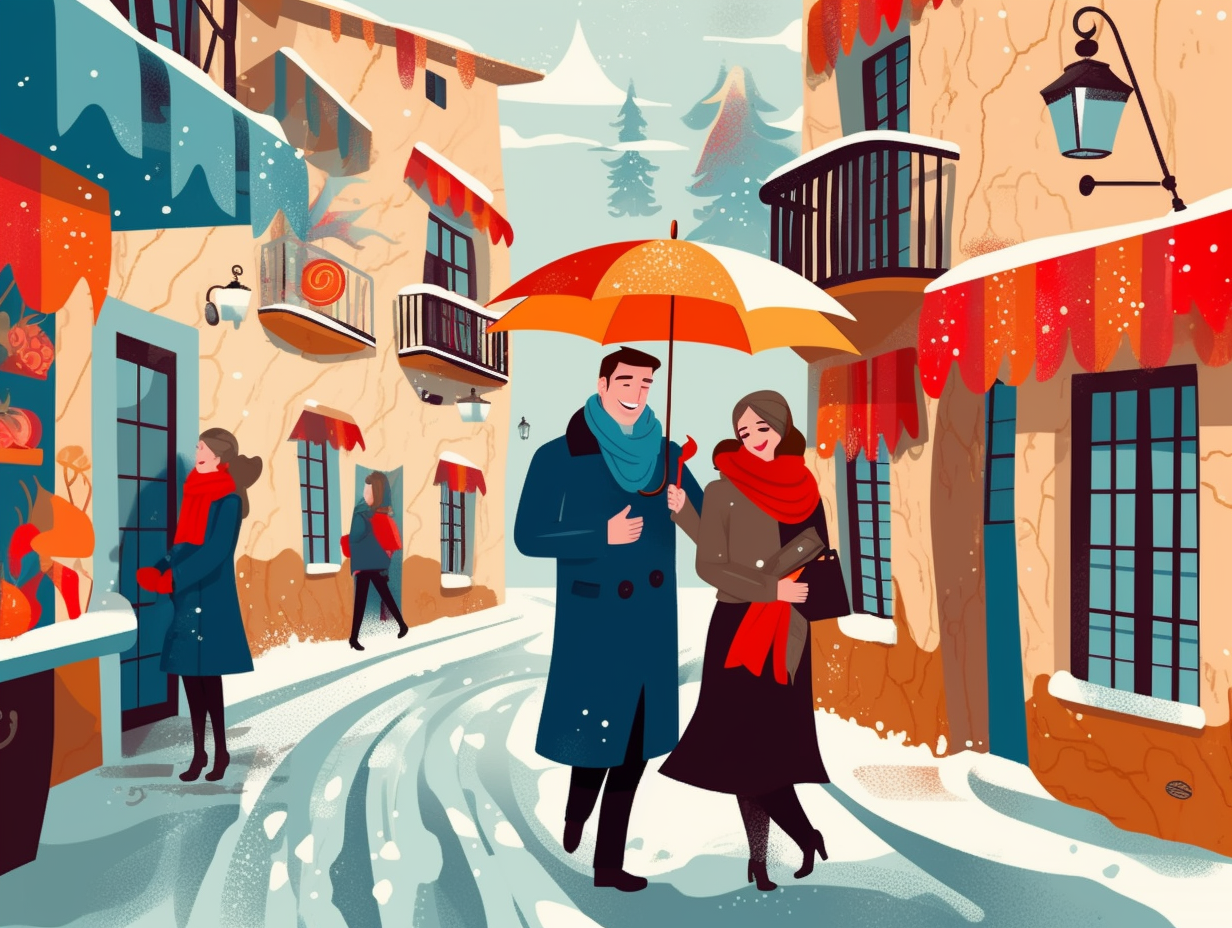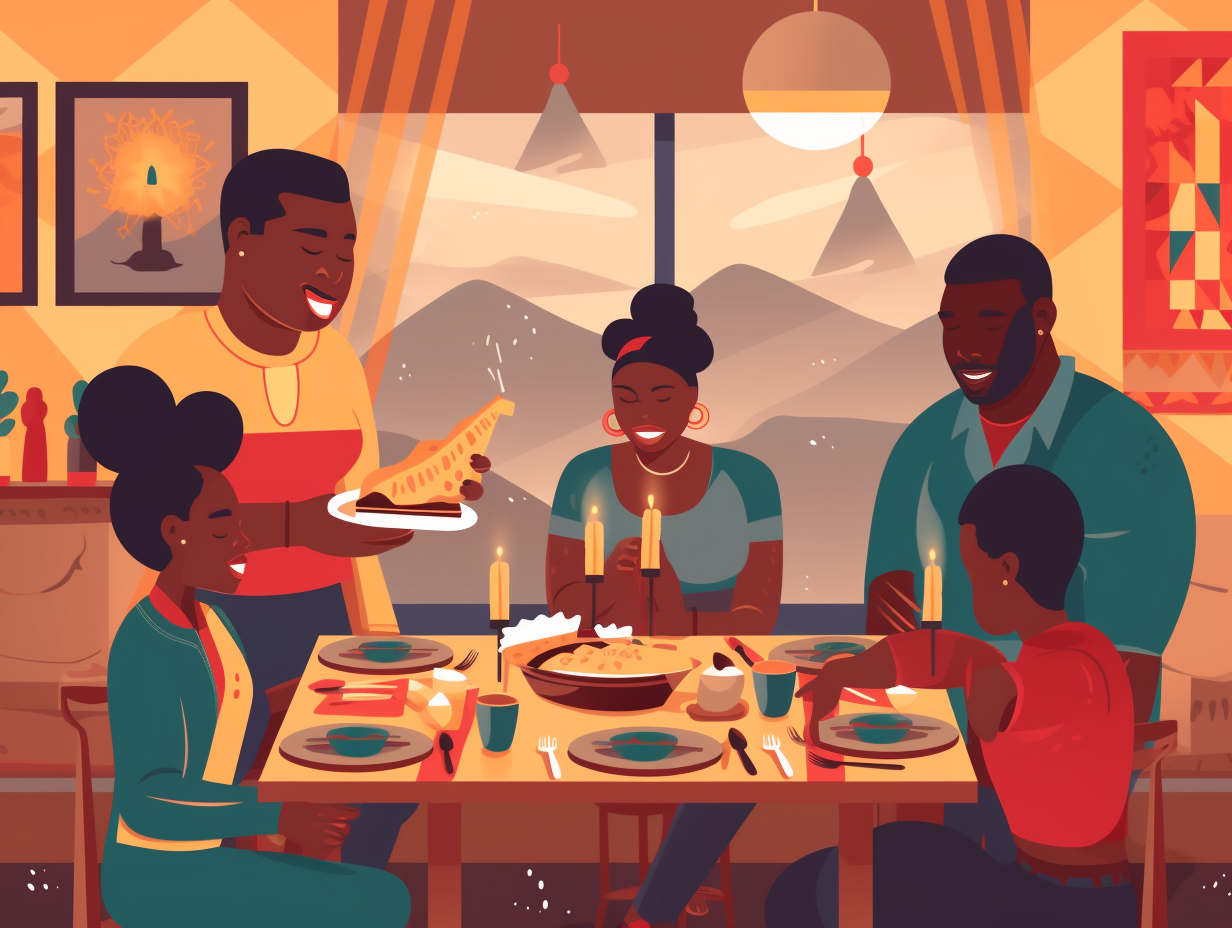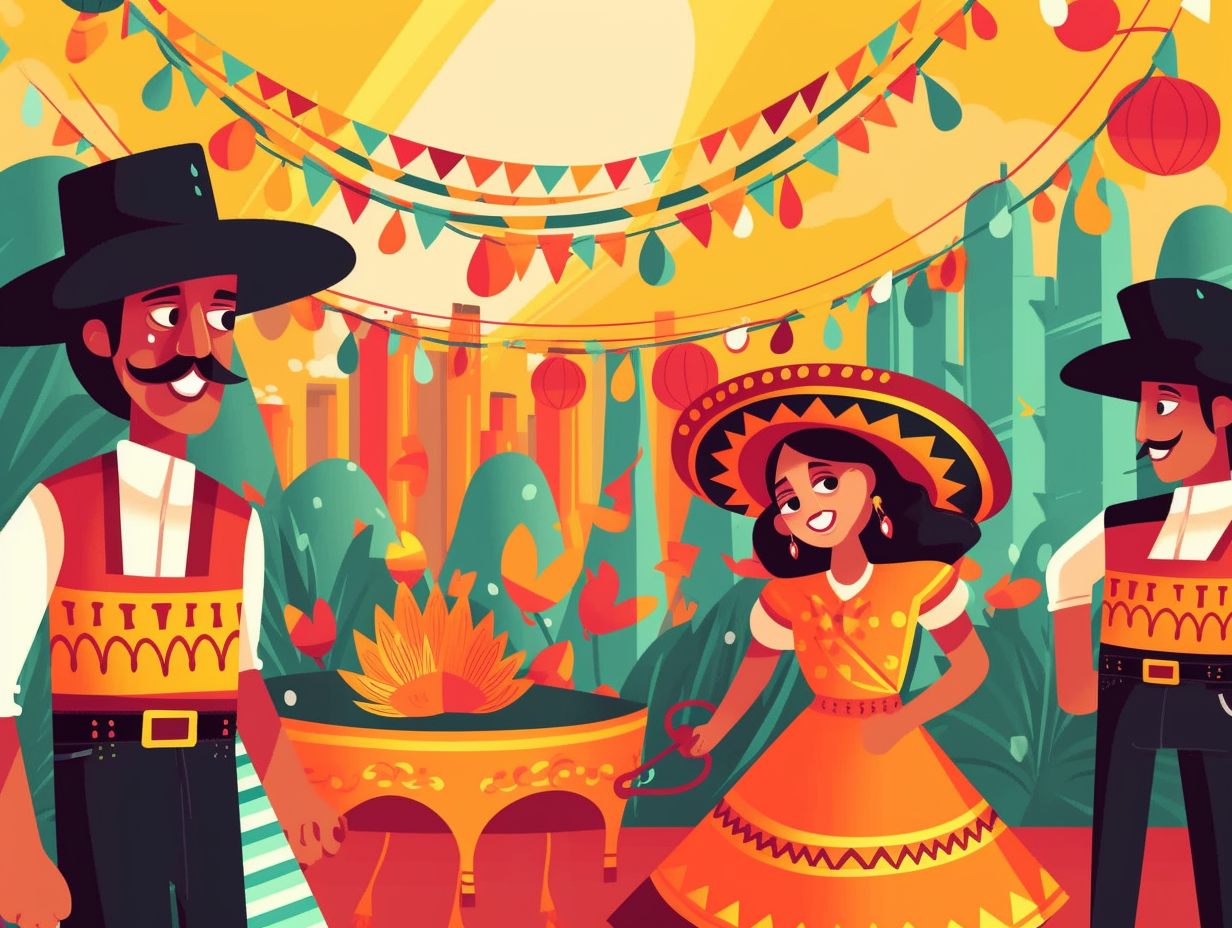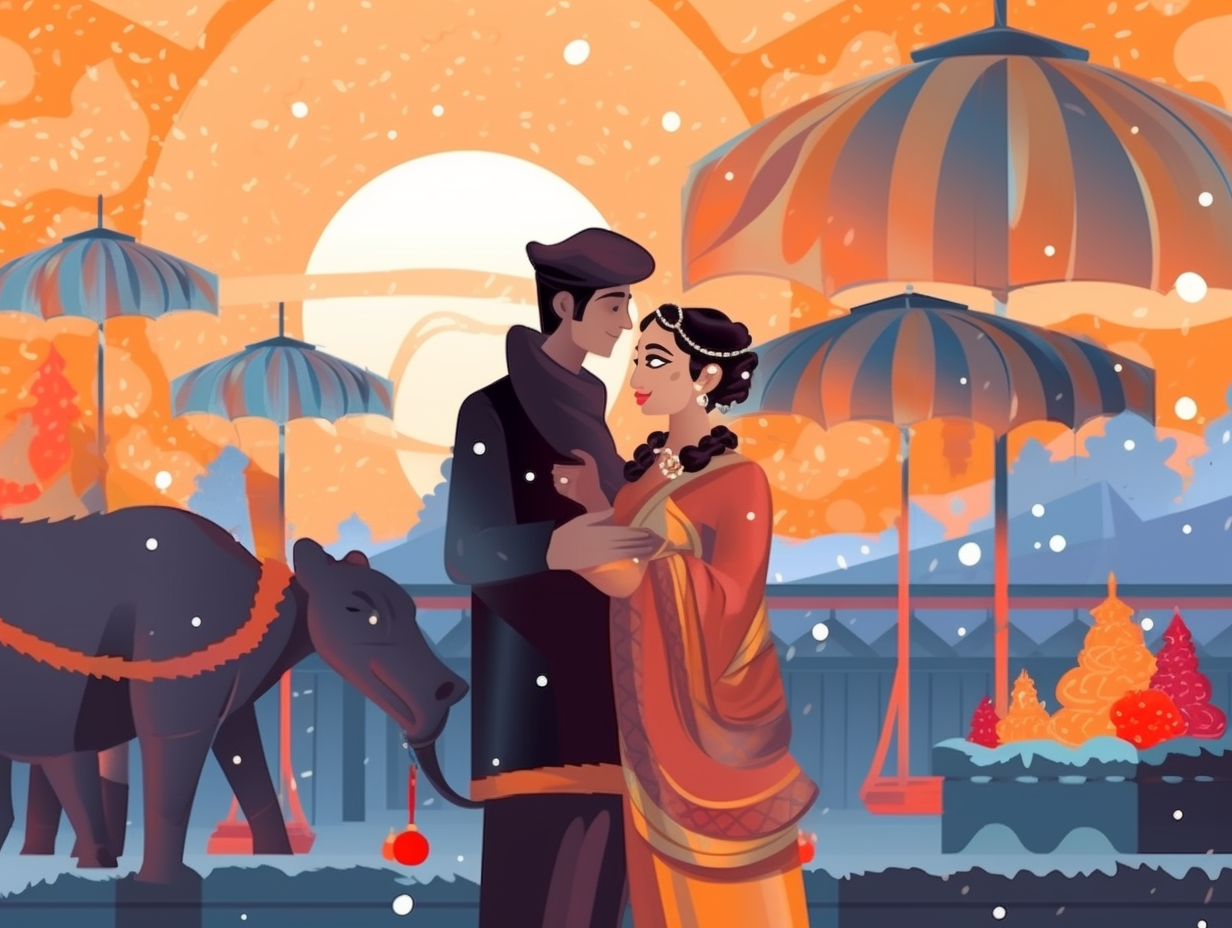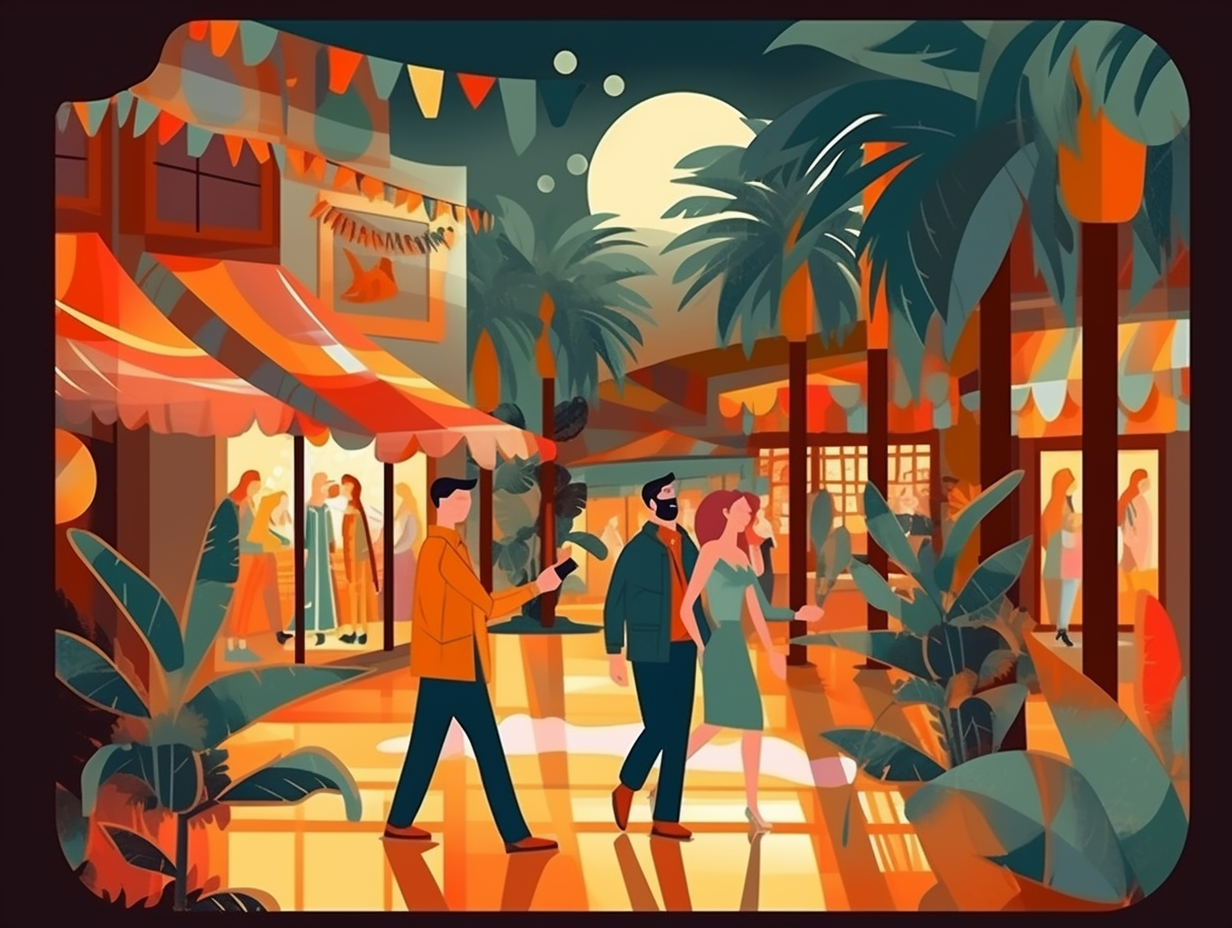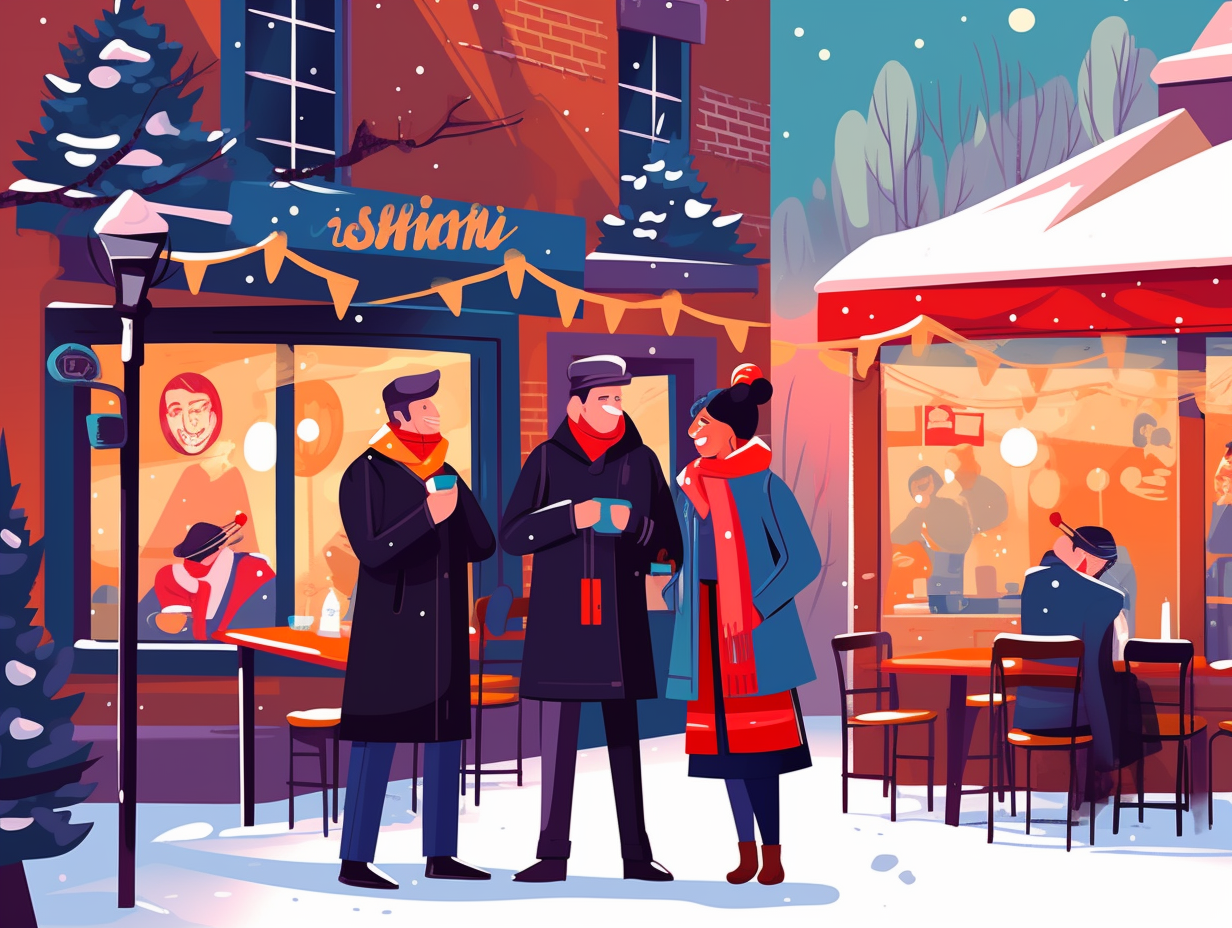Discover Ōmisoka: Top 9 Unbelievable Fun Facts About Japan's End-of-Year Celebration
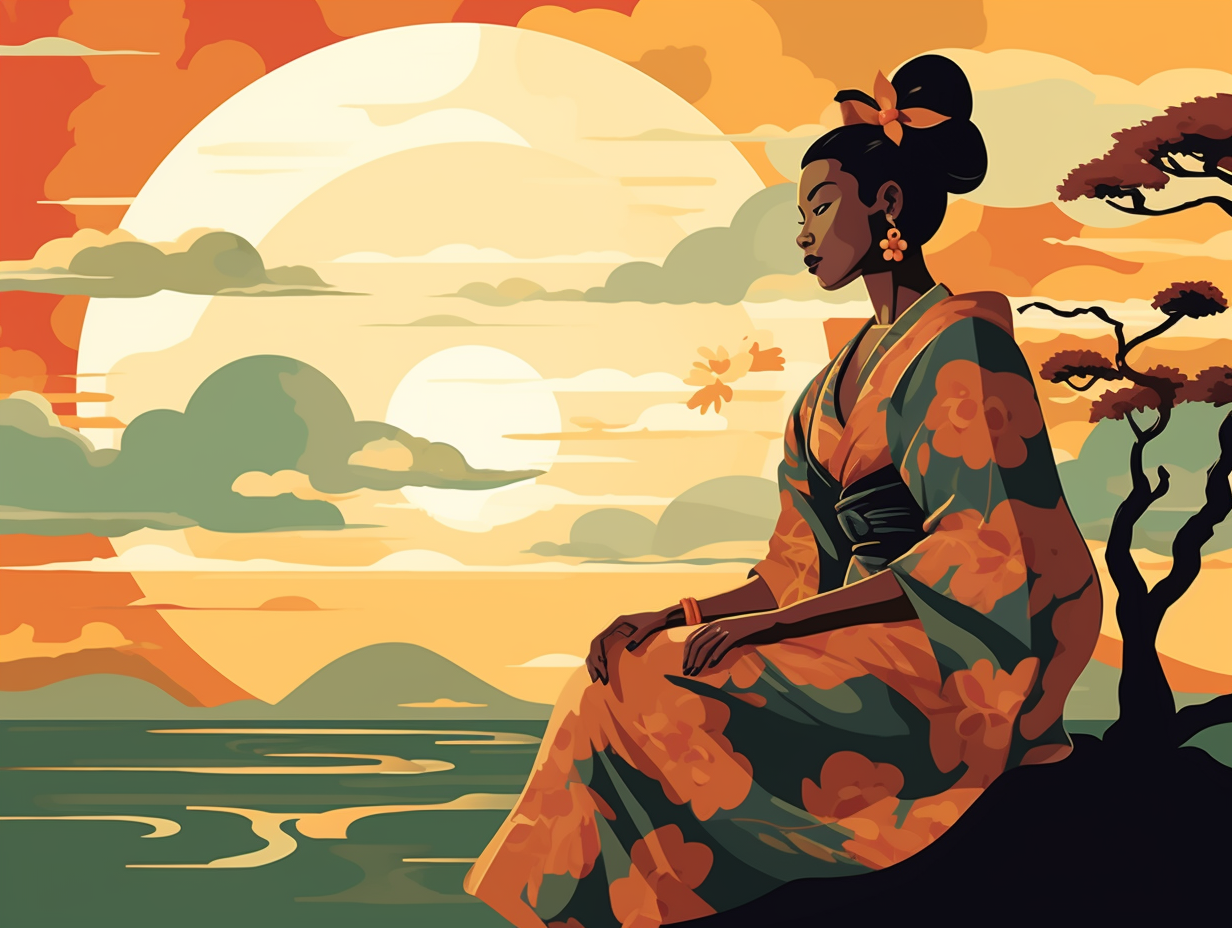
1. Noodling Into the New Year
When Lady Luck slurps noodles with Father Time: Omisoka, the Japanese New Year's Eve, is all about downing soba noodles as a lucky charm for longevity and good fortune in the upcoming year. This tantalizing tradition sprouted during the Edo period when craftsmen used buckwheat flour to collect gold leaf, and in certain regions, they even opt for udon noodles, believing their thicker form equates to thicker luck!
Source => piece-of-japan.com
2. Popeye's Got Nothing on Toshikoshi Soba
Forget about slurping your way to success with a can of spinach like Popeye; the Japanese have a tastier (and potentially luckier) option: Toshikoshi Soba, a dish of thin, long noodles enjoyed on New Year's Eve, is believed to bring good luck and repel evil spirits, with their length symbolizing longevity and helping to cut ties with any bad luck from the past year.
Source => globalkitchenjapan.com
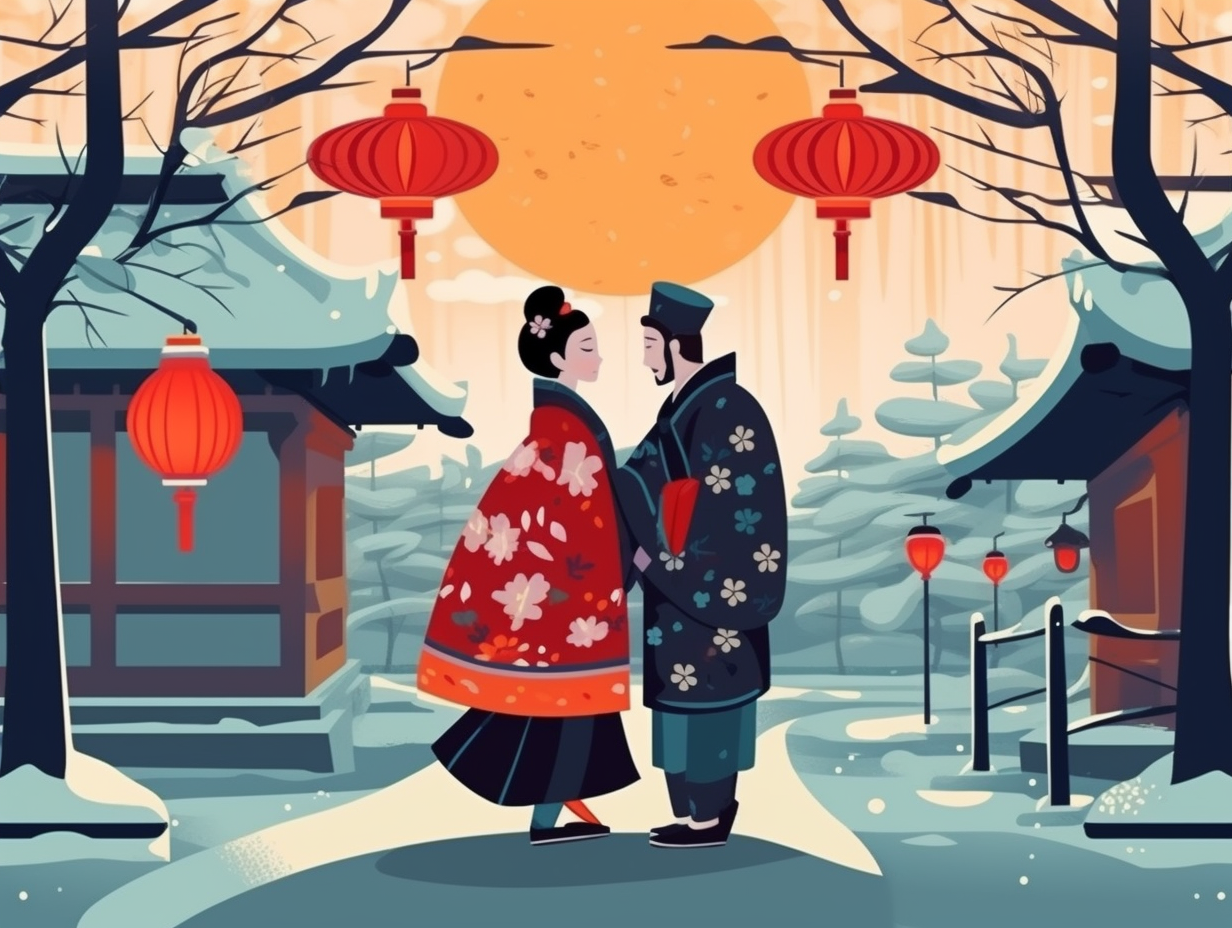
Did you know in Japan, Santa swaps his reindeer for a bucket of KFC during Christmas? 🍗🎅 Discover how this finger-lickin' tradition began and why it's now a massive annual phenomenon!
=> Fun Facts about Christmas-In-Japan
3. Omisoka Bowl: Crossing Over to the Next Year
As we noodle our way towards the new year, remember to slurp in style and chow down on some tasty traditions: In Japan, during Omisoka, families gather to eat a bowl of toshikoshi soba or udon an hour before midnight, symbolizing the "crossing over" from one year to the next and welcoming the upcoming chapter with open bellies.
Source => en.wikipedia.org
4. Sayonara, Past Year's Woes: Noodle Ninja Style
Who knew that slurping your way to happiness could also help you shed the weight of the past? Time to channel your inner noodle ninja: On Omisoka, a traditional Japanese celebration, people consume toshikoshi soba, a dish made of buckwheat noodles in a dashi broth with soy sauce. Eating this scrumptious meal symbolizes longevity and saying "sayonara" to the previous year's woes before welcoming the new year with open arms and empty bowls.
Source => nippon.com
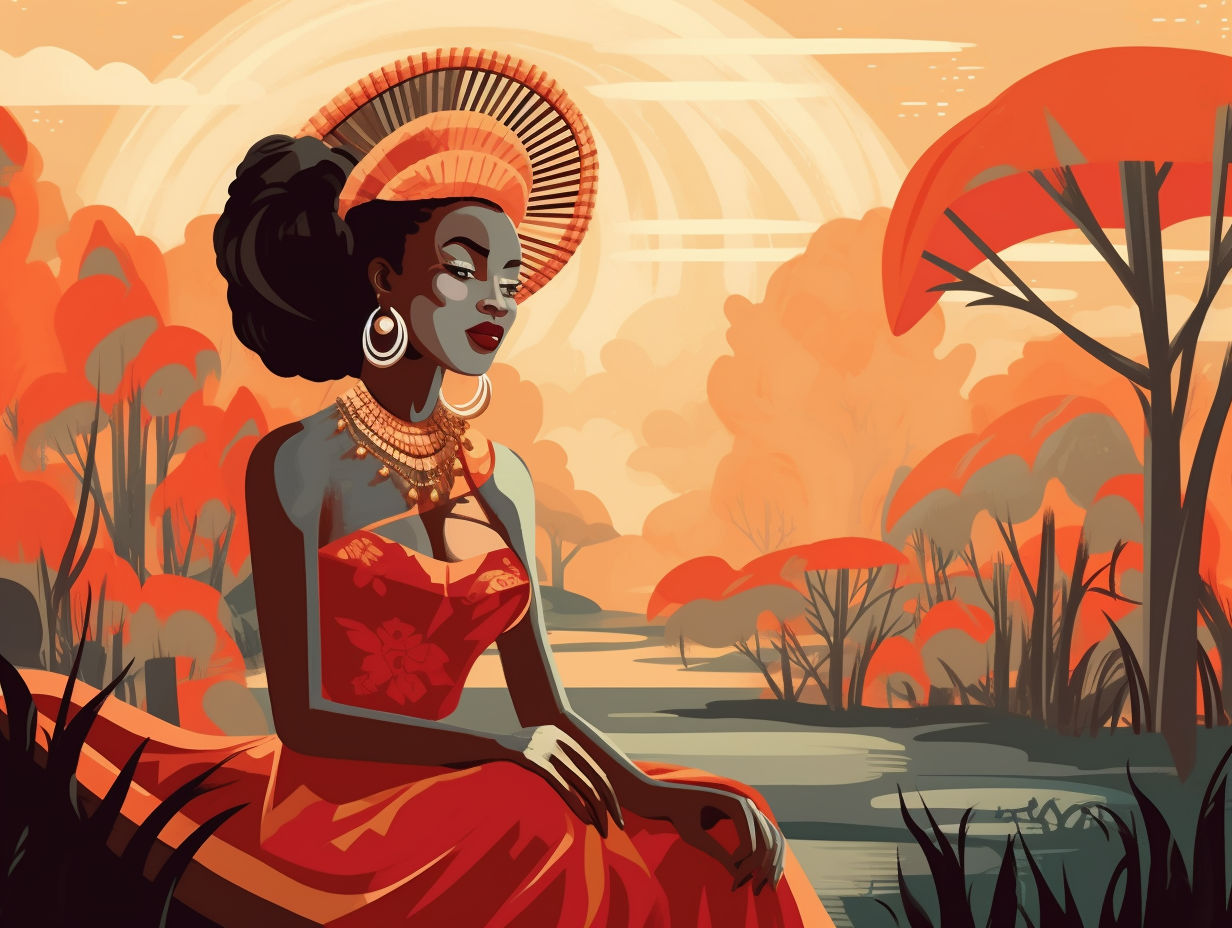
5. Smashable Kagami Mochi: No Regrets Here
Forget those morning-after regrets, Japan has a year-end tradition that's all about smashing something without consequence: presenting kagami mochi! Seriously though, it's a Japanese New Year's decoration made from two flattened rice cakes, often topped with a daidai citrus fruit symbolizing longevity, and has been around since the 14th century. Displayed from December 28th to January 11th, these rice cakes ultimately meet their delicious fate in a soup called ozoni or a sweet azuki bean-paste soup called oshiruko.
Source => matcha-jp.com
6. Osechi Ryori: Jackpot of Good Fortune
If you thought a lengthy menu at your favorite restaurant was impressive, just wait till you feast your eyes on Osechi Ryori, Japan's New Year's jackpot of good fortune: This extraordinary spread, consisting of dozens of carefully prepared dishes served in jubako (special tiered boxes), is a culinary embodiment of well-wishes for the new year, with each dish symbolizing hopes for wealth, prosperity, and happiness. Supremely scrumptious and steeped in tradition, this annual banquet reigns supreme as the most significant meal of the year, bringing families together to usher in the new year with full bellies and even fuller hearts.
Source => justonecookbook.com
7. Kōhaku: The Ultimate Musical Validation
If you're a singer in Japan and you haven't performed on NHK Kōhaku Uta Gassen, do you even exist? Much like receiving a Hogwarts letter or being invited to Willy Wonka's factory, securing an elusive spot on this show is the ultimate validation: This New Year's Eve television special, airing since 1953, is a spirited musical battle between male and female artists, with the audience and judges deciding who reigns supreme. An invitation to perform on Kōhaku is a monumental career moment, thanks to its prestige and massive reach across the Land of the Rising Sun.
Source => en.wikipedia.org
8. Naikan Reflection: A Christmas Carol with Ramen
Ever wondered what's better than watching "A Christmas Carol" with a bowl of ramen? Practicing the Japanese art of Naikan reflection on Omisoka, of course! : During this end-of-year tradition, individuals engage in self-reflection by considering how others have supported them throughout the year, how they reciprocated, and any troubles they unwittingly caused—all in the service of becoming better, more mindful people in the coming year.
Source => thirtythousanddays.org
9. Toshigami's VIP Pass: Kadomatsu Decorations
In Japan, New Year's Eve whispers "Toshigami's coming, ya better look busy!" as households enlist the help of their friendly neighborhood bamboo and pine mascots to secure a blessing: Kadomatsu decorations are set up before December 31st and kept until January 7th to welcome Toshigami-sama, the Shinto deity who brings happiness and good luck. This festive combo of pine, bamboo, and extra ornaments like plum flowers and flowering kale is like a VIP pass for those homes looking to score some divine favor in the new year.
Source => kokoro-jp.com
Related Fun Facts


